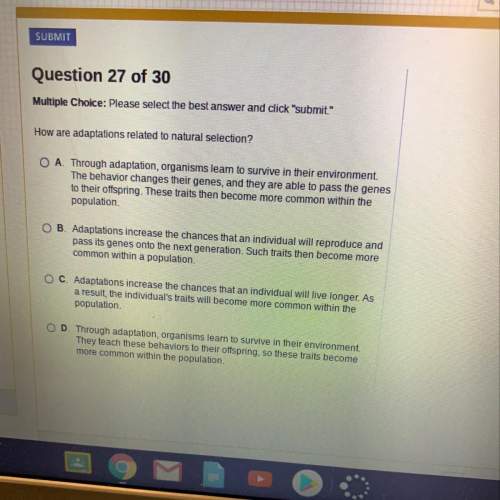
CAN SOMEONE CONFIRM IF THIS IS CORRECT OR INCORRECT? SPECIFICALLY THE MASS CONSERVED.
Conservation of Mass Activity Worksheet
Instructions: Observe and analyze the interactions between the substances pictured in the slide show. Compare the properties of substances before and after each interaction. You will submit your completed worksheet for grading.
Data Table
On the table below, record your observations before and after the interactions and note if mass was conserved. Describe the changes in properties that prove a chemical reaction occurred. The first row is an example.
Observations Before Interaction
Observations After Interaction
Was Mass Conserved?
Proof of a Chemical Reaction
Example: Sugar + Heat
The sugar is in tiny white particles in a pile. Heat is not seen but is implied by the heat source. The pile of sugar in the pot weighs 100 grams.
There is a solid, light brown mass at the bottom of the pot. It weighs 100 grams.
Yes, both the reactants and the products weigh the same.
There was not a chemical reaction. Sugar did not change composition. It only melted. Melting point is a physical property, and this is a physical change.
Steel Wool + Oxygen (Fire)
The steel wool is by itself and is 6 grams. The oxygen is on the side and is 1 gram.
There is a powder/sand which is called iron oxide. This is 7 grams
Iron oxide is 7 grams and steel wool combined is 7 grams so the mass was conserved.
Yes, this is a chemical change because the steel wool rusted and rust is a chemical change
Egg + Heat
There is an egg which is 45 grams and heat.
There is a cooked egg with a cracked eggshell. The egg is now 41 grams. The shell is 4 grams.
It was conserved because the eggshell is 4 grams and the cooked egg is 41 grams.
It is a chemical change because it results in the formation of new particles, the chemical bonds break up and new ones are formed.
Water + Heat
The is water in a jug which is 75 grams and heat.
The result is steam- 75 grams of gas is released.
Yes, the product and reactants equal the same weight.
There was no chemical reaction because the water vapor can be turned back to water.
Zinc + Hydrogen Chloride
Ther is zinc which is 10 grams. There is also Hydrogen Chloride which is 5 grams.
The result is Zinc Chloride which is 12 grams. The Hydrogen Gas is 3 grams released
Well although the zinc chloride is 12 grams and not 15 the gas that was released was 3 grams and 3 + 12 is 15 so the mass was conserved
This is not a chemical reaction and was a physical reaction because a new product was formed.
Sodium Hydroxide + Copper Sulfate
There is sodium hydroxide which is 10 grams. There is also Copper Sulfate which is 57 grams.
The result is Sodium Sulfate which is 47 grams. There is also Copper Hydroxide which is 20 grams.
The mass was not conserved because the weights are different.
This is not a chemical reaction and is a physical reaction because a new product was formed.

Answers: 1
Another question on Biology


Biology, 22.06.2019 11:30
_tissues respond quickly to outside stimuli a) epithelia b)nervous c)muscular d)muscular and nervous
Answers: 2

Biology, 22.06.2019 15:30
Veronica and her little sister, monique, are playing on a seesaw. if veronica weighs 75 pounds, and monique weighs 60 pounds, which statement is true?
Answers: 1

Biology, 22.06.2019 16:00
Produce proteins by following coded instructions that come from the nucleus of the cell.
Answers: 3
You know the right answer?
CAN SOMEONE CONFIRM IF THIS IS CORRECT OR INCORRECT? SPECIFICALLY THE MASS CONSERVED.
Conservation...
Questions

Mathematics, 16.10.2020 22:01



Social Studies, 16.10.2020 22:01

Mathematics, 16.10.2020 22:01

English, 16.10.2020 22:01


Arts, 16.10.2020 22:01






Mathematics, 16.10.2020 22:01

Mathematics, 16.10.2020 22:01

Mathematics, 16.10.2020 22:01




Mathematics, 16.10.2020 22:01




